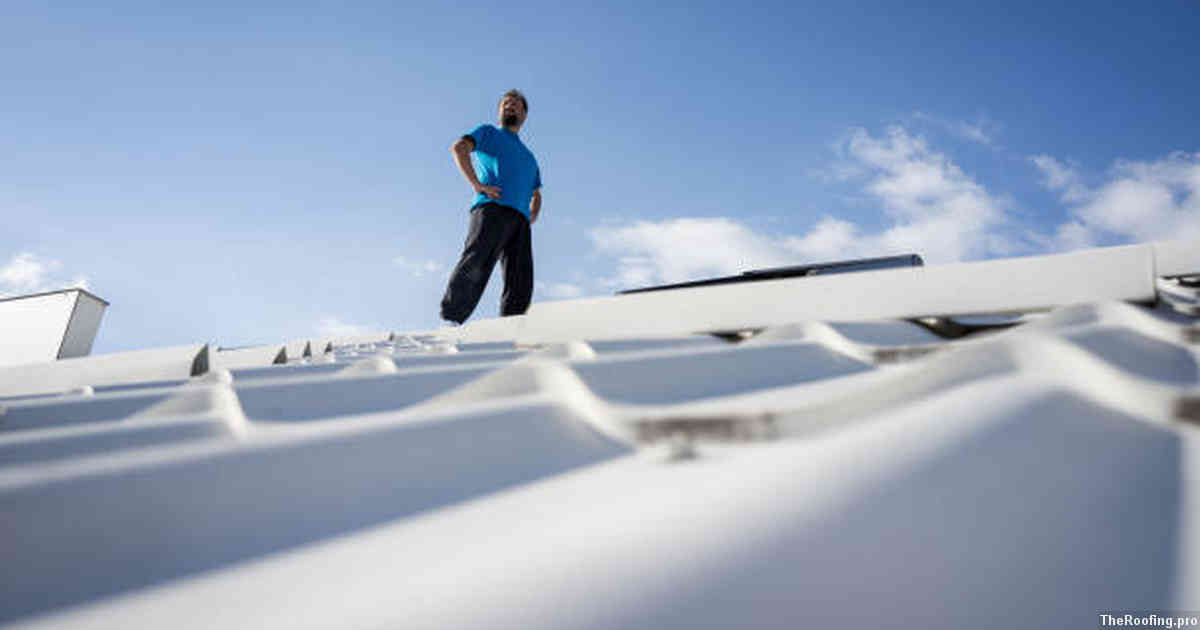
Off-ridge vents are an important part of roofing and are used to provide ventilation for a structure. They come in a variety of styles, from traditional shingle roofs to flat roofs and everything in between. Understanding the different types of off-ridge vents can help you choose the best option for your needs.
Contents:
- Introduction to Off-Ridge Vents
- Types of Roofs and Their Benefits
- Materials Used for Off-Ridge Vents
- Installation Process & Tips
- Safety Precautions When Working With Off-Ridge Vents
- Maintenance & Repair Considerations
- Cost Analysis of Different Roofing Styles
- Advantages of Installing an Off-Ridge Vent
The most common type of off-ridge vent is the “shingle” style, which features overlapping pieces that run horizontally along the length of the roof. These shingles create a protective barrier against moisture, wind, and debris while providing adequate air circulation throughout the attic space below it. This type of off-ridge vent is usually installed on pitched or sloped roofs with enough room underneath them to allow air flow into and out of the attic area.
Flat roofs also require proper ventilation but often have limited space available for installation due to their low profile design. Fortunately there are several options available such as ridge caps or roll over flashing systems that offer efficient ventilation without taking up too much space on top of your home’s rooftop. Ridge caps feature preformed metal strips that fit tightly onto existing shingles while rollover flashings use specialized material designed specifically for flat rooftops so they won’t interfere with other elements like skylights or windows located above them.
Another popular type of off-ridge vent is known as “boxed” vents which feature square shaped openings cut directly into wooden structures like rafters or joists instead relying solely on shingle coverage like other models do. These boxed vents provide extra protection by preventing insects and animals from entering through gaps created by improperly installed materials around your rooftop perimeter allowing only clean fresh air inside at all times ensuring optimal comfort within your living spaces no matter what season it may be outside.
Finally there are more modern designs such as solar powered fans which harness energy from natural sunlight sources then circulate this energy throughout attics eliminating any hot spots during summer months making sure temperatures stay cool during warmer weather periods saving homeowners money in electricity costs down line.
Introduction to Off-Ridge Vents
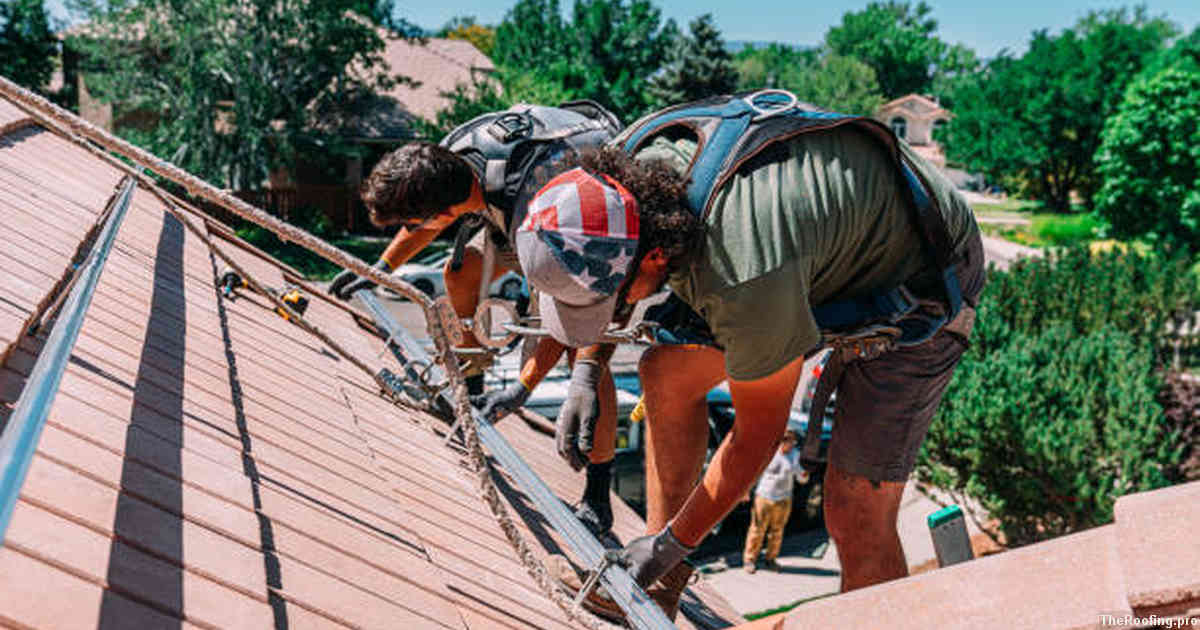
Off-ridge vents are a great way to ventilate the roof of your home, keeping it cool and comfortable. They are designed to allow air circulation on the underside of the roof, which can help reduce temperatures inside your house during hot summer months. Off-ridge vents also act as an additional layer of protection against moisture and mold, helping keep your home healthy and safe.
Installing off-ridge vents is relatively simple but requires some basic knowledge of roofing styles before you get started. Different types of roofs require different kinds of ventilation systems, so understanding what type you have is essential for proper installation. Roofs with asphalt shingles need a different kind of system than those with metal tiles or shakes. The same goes for flat roofs or sloped roofs – each will require its own unique ventilation solution to ensure optimal airflow underneath the surface material.
Once you’ve determined what kind of roof style you have in place, it’s time to choose the right off-ridge vent for your needs. There are several options available ranging from standard rectangular shapes to more decorative designs like cupolas or gables that can add architectural interest while providing adequate ventilation at the same time. You should also consider whether or not any special accessories like flashing might be necessary when installing off-ridge vents on certain types of roofs; these components help protect against water damage by creating a secure seal around areas where pipes may penetrate through the surface material into attic space below.
Types of Roofs and Their Benefits

Different types of roofs can provide a variety of benefits to homeowners. For example, gabled roofs are known for their stylish appearance and versatility; they come in many different styles such as Dutch Gable, Cross Gable or Hip Roof. Gables are also very strong and able to withstand heavy snowfall and high winds. On the other hand, mansard roofs have a much more complex design that is capable of providing extra attic space while still having a low profile look on the outside. These types of roofs are ideal for homes located in areas with frequent rains because they can handle large amounts of water without leaking or causing any damage to the roof’s structure.
Flat roofs offer another type of benefit: easy maintenance access and installation. Unlike pitched roofing systems which require regular upkeep due to their steep angles, flat roofs allow for simple repairs as well as installation without having to use ladders or specialized tools like scaffolding. Flat rooftops provide an excellent platform for solar panel installations since no additional framing needs to be added onto them in order to support the panels’ weight properly.
Curved barrel-style tile roofs offer both style and practicality – from traditional Spanish Mission tiles all the way up modern designs made from composite materials – making them an attractive option when it comes aesthetic appeal combined with longevity. Barrel-style tiles come with various interlocking features that help protect against leaks while still allowing good air flow through your home’s ventilation system during hot days.
Materials Used for Off-Ridge Vents

When it comes to roofing, off-ridge vents are an important component of the overall system. They are used to provide ventilation and airflow for the attic space in a home. Without proper ventilation, hot air can build up inside the attic and cause damage over time. Off-ridge vents come in various materials that offer different levels of performance depending on their use and environment.
One common material used for off-ridge vents is metal, which provides excellent durability against wear and tear from wind and rain as well as providing good insulation properties. Metal also requires minimal maintenance once installed, making it a popular choice among homeowners looking for a long-term solution with low upkeep costs. Aluminum is one type of metal often used due to its lightweight design and resistance to corrosion over time compared to other metals such as steel or copper.
Another material commonly found in off-ridge vents is plastic; this has become increasingly popular due to its affordability when compared to other materials like metal or wood while still providing adequate protection against elements such as rainwater infiltration or UV radiation damage caused by sunlight exposure. Plastic also offers better flexibility than some materials when installing around curves or hard angles which makes them ideal for many different types of roofs with varying shapes and sizes.
Installation Process & Tips
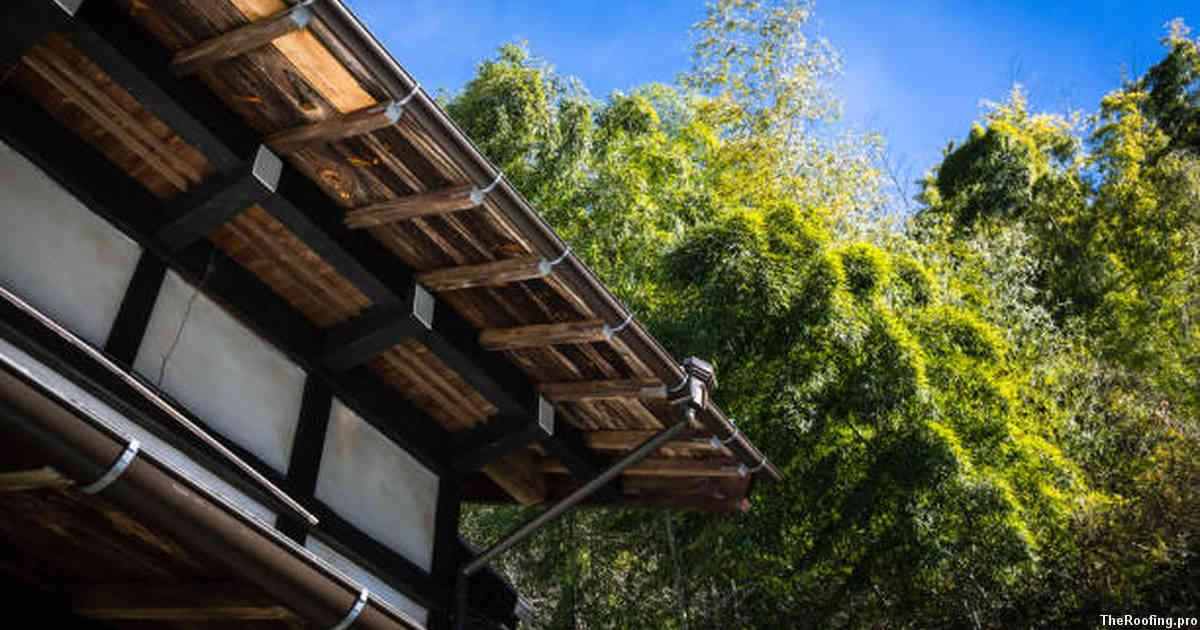
When installing off-ridge vents, it is important to be aware of the different roofing styles and materials that can affect your choice. While asphalt shingle roofs are the most common option for residential homes, metal roofs may require additional steps in order to properly install an off-ridge vent. Tile roofs have their own considerations when choosing a type of vent.
For asphalt shingle roofs, the installation process for an off-ridge vent is relatively straightforward as long as proper safety precautions are taken into consideration. The first step is measuring out where you would like the vents placed on your roof and marking them with a chalk line or marker. Next, you will need to cut out a hole at each marked location large enough for your chosen vent model before inserting it into place and securing it with nails or screws depending on which method was recommended by the manufacturer’s instructions included in your purchase. Once installed correctly, these vents should last between 20–25 years before needing replacement due to age or weather damage such as rusting or corrosion from rain exposure over time.
As previously mentioned, metal and tile roofs come with their own unique considerations when installing an off-ridge vent due to differences in material composition than traditional asphalt shingles used on many residential homes today. For instance, if using adhesive tape rather than nails/screws is recommended by manufacturer instructions (as this helps prevent any water leaks), special sealant must be applied around all four sides of each installed unit prior to taping them down securely onto your roof surface if working with either metal or tile materials – otherwise they may not stay firmly adhered after only a short period of time passed since initial installation date has elapsed due to wear & tear over several months or even years later down the road without applying said sealant beforehand.
Safety Precautions When Working With Off-Ridge Vents

When dealing with off-ridge vents, safety is paramount. After all, you’ll be working on the roof of your home and a single misstep can mean serious injury or even death. To help ensure that your project goes as smoothly as possible, there are several steps you should take before starting work.
The first step is to make sure you have the right protective equipment for the job. This includes items such as hard hats, gloves, goggles and other protective gear that will keep you safe from falling objects or sharp edges while working on the roof. It’s also important to wear sturdy shoes with good traction so that slipping isn’t an issue when walking around up top.
In addition to having the proper attire for safety purposes, it’s essential to plan out where and how each vent will be installed beforehand in order to prevent any potential problems during installation process itself. You’ll want to make sure all measurements are correct before beginning so that everything fits properly once construction begins – this means double checking all angles and lengths involved in order to avoid having gaps between pieces of wood or shingles due improper placement of vents.
When installing off-ridge vents always remember never work alone; two people (or more) are needed whenever someone is going up onto a roof in order for one person look out for hazards while another performs tasks related to installation process itself. Working together not only keeps everyone safer but also makes installation go much smoother overall since multiple eyes on task can help spot potential issues quickly rather than after its too late.
Maintenance & Repair Considerations
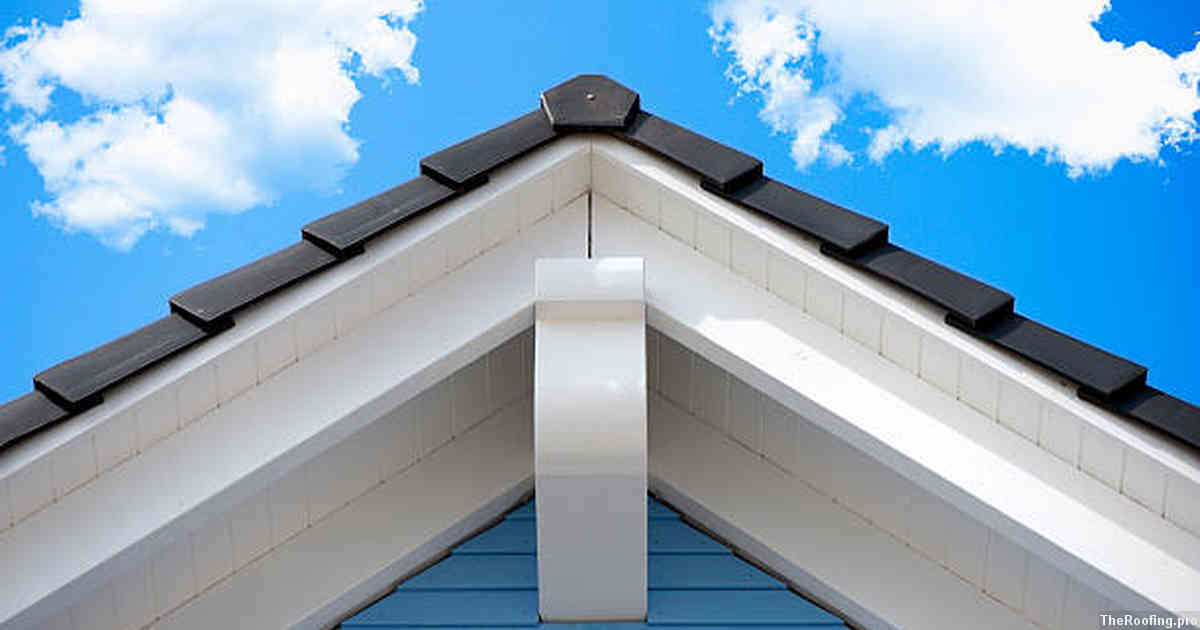
It is important to be aware of the maintenance and repair considerations when it comes to off-ridge vents. If your roof has any existing damage, such as missing shingles or exposed flashing, these should be addressed before installing off-ridge vents. It’s also essential that you inspect your roof regularly for signs of wear and tear due to weather conditions or general aging. You can do this by looking for cracks in the shingles or other signs of deterioration.
Regular cleaning is also key in keeping your off-ridge vent system functioning properly over time. Dirt and debris can easily accumulate on the vent’s surface and clog its openings if not removed regularly with a hose or broom. You may need to replace damaged parts from time to time – especially those made from plastic – as they tend to degrade faster than metal components.
When repairing an off-ridge vent system, it’s best practice to use materials that are designed specifically for this type of installation so that everything fits securely together without gaps between pieces which could allow water leakage into your home. Also ensure all fasteners used during repairs are corrosion resistant so they don’t break down quickly after being exposed outdoors over a long period of time.
Cost Analysis of Different Roofing Styles
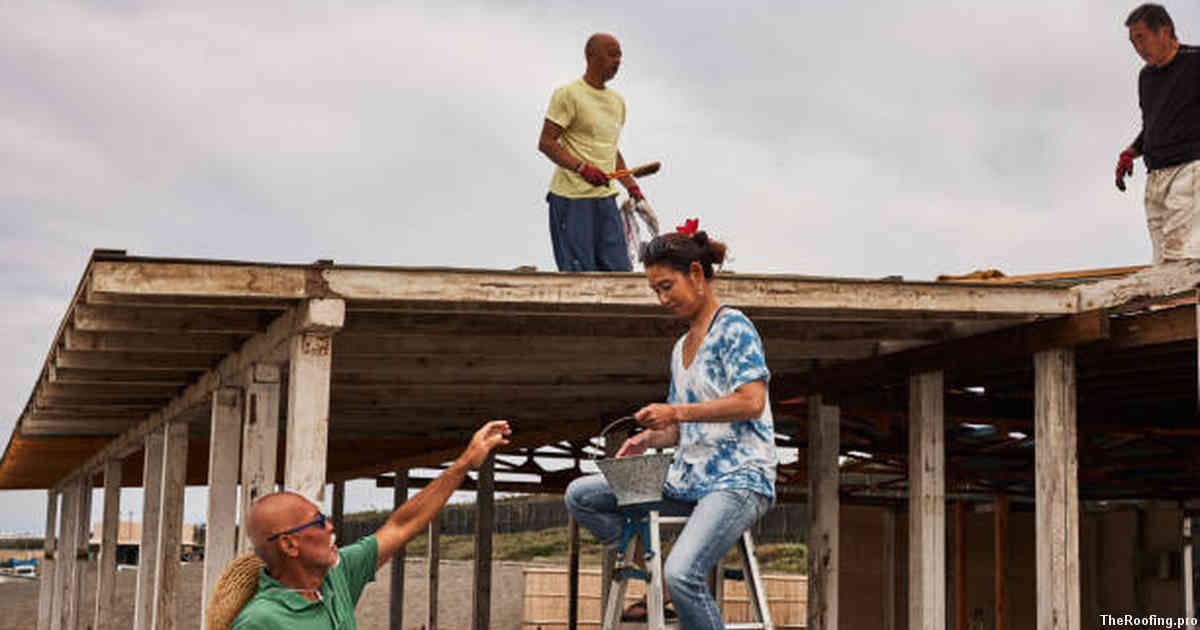
When it comes to roofing, different styles have a wide range of costs associated with them. A cost analysis is an important factor when deciding which type of roofing style is best for your home or business. While some options may be cheaper upfront, they can end up costing more in the long run if not properly maintained and repaired over time.
Asphalt shingle roofs are one of the most popular choices as they are relatively inexpensive and easy to install. Asphalt shingle roofs last approximately 15-30 years depending on how well they’re maintained, however they need regular maintenance such as patchwork repairs due to weather damage or wear and tear from animals. Metal roofs tend to be more expensive than asphalt but offer better protection against extreme weather conditions and require less maintenance over their lifetime – usually lasting 40-50 years without needing major repairs.
Slate tile roofs are also very popular as they provide a classic look that is aesthetically pleasing, however these types of roofs come at a higher price tag than asphalt or metal due to their unique appearance and installation process; although these tiles can last between 50-100 years depending on proper care and maintenance making them worth the extra expense in some cases. Ultimately, understanding the differences in cost between various types of roofing materials will help you make an informed decision when selecting the best option for your needs.
Advantages of Installing an Off-Ridge Vent

Installing an off-ridge vent is a great way to improve the efficiency of any roofing system. An off-ridge vent can provide additional ventilation, allowing for improved airflow and temperature regulation. This type of vent is also able to reduce moisture build-up in the attic, helping to prevent mold growth and other potential issues. They are easy to install and maintain.
Another advantage of installing an off-ridge vent is that it helps protect against rainwater damage. When installed properly, these vents act as a barrier between the inside of your home and outside elements like wind and rain. This allows them to keep out water while still providing proper ventilation for your roofing system. They offer superior protection against debris like leaves or twigs which can cause clogs or blockages in traditional gutters or downspouts leading up from your roofline.
Off-ridge vents are designed with durability in mind – making them a cost effective solution when compared with other types of rooftop vents available on the market today. They will last much longer than their counterparts due to their robust construction materials such as metal or plastic housing components that are resistant to corrosion caused by weather exposure over time.